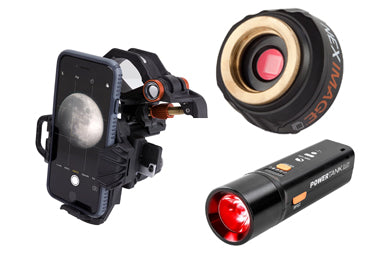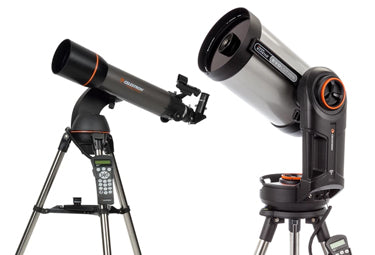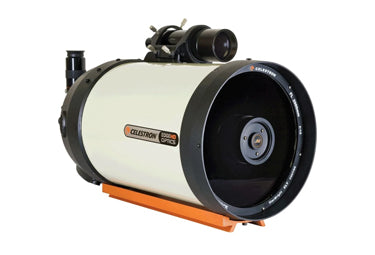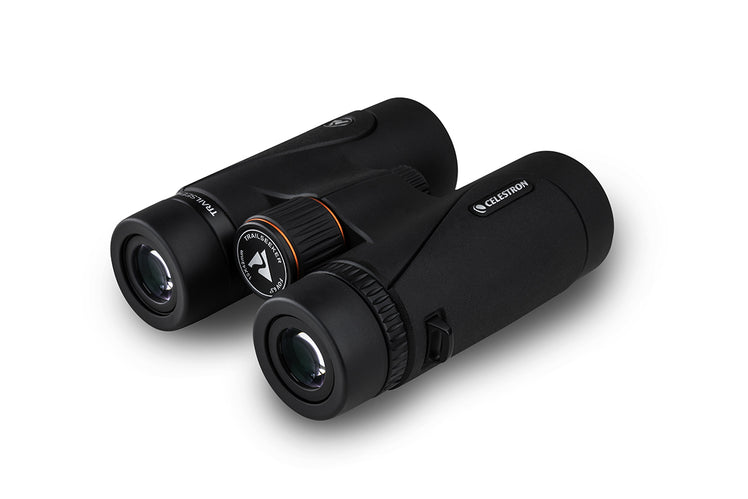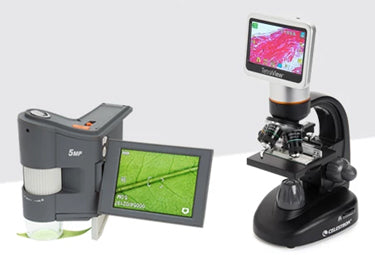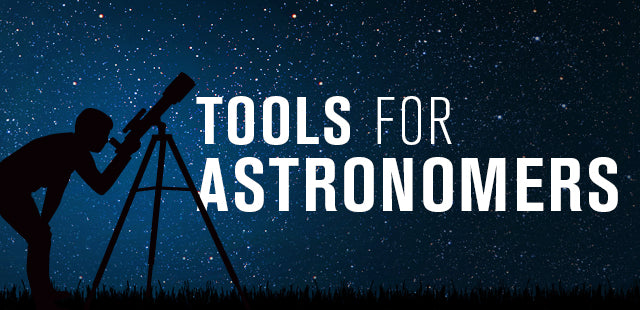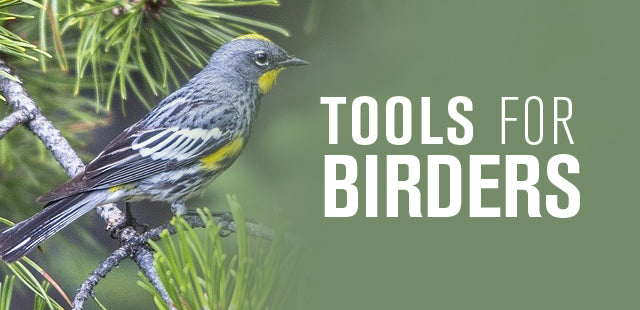Hawk Watching Basics
October 30, 2013
This blog entry comes to us from Tim Schreckengost, a Field Ornithologist and blogger at Thermal Birding. He has worked throughout the country on several bird research projects and in his free time enjoys birding, blogging, and photography. He's especially interested in migration, radar ornithology, and keeping cats indoors. We look forward to more blog posts from Tim in the future!
September and October can be an exciting time to visit a local hawk watch to observe daily raptor movements. This article will give you a basic understanding of raptor identification and will hopefully get you out on the ridge to start honing your identification skills!
Everyone enjoys sitting on a ridge that overlooks a valley, hanging out on the coast watching waves crash on the beach, or just enjoying nature’s beauty in general. As a birder, an easy way to combine birding with these aesthetic pleasures is to visit a local hawk watch. Hawk watches are well-located where one can have a nice, wide view of the surrounding landscape. The US is littered with hawk watches, many of which are a convenient drive for the avian enthusiast.
In my opinion, raptor identification is equally as difficult as shorebird and gull identification, but can become easier with just a few hours spent on the ridge, hill, or coast where many raptors can be seen during spring and fall migration. As a beginner, the key to raptor identification is to visit a hawk watch with an experienced observer. A seasoned hawk counter, one who has watched raptors for many years, will be able to pick raptors out of the sky and give you descriptive details on the identification of each individual. Of course, there are those birds that get lumped into the unknown raptor category. Why, you ask? Not every raptor can be identified due to distance, lighting, etc. Species and individual numbers vary greatly between sites and during raptor migration.
Now that you have a background on hawk watching, here are a few tips on identification.
There are a few fundamental characteristics that lump most raptors into three general groups – Accipiters, Buteos, and Falcons. In addition, there are vultures, eagles, kites, Ospreys, and Northern Harriers.
Accipiters have a classic flap-flap-glide flight style, in which the flaps are somewhat fast and strong. They have short, round wings, and long tails. Examples of accipiters are Northern Goshawk and Cooper’s and Sharp-shinned Hawks.
Buteos have broad wings and much shorter tails than accipiters, and the tails are fanned. Usually, you’ll catch buteos soaring and gliding with little effort on air currents or thermals, which is a column of rising air in the atmosphere. Examples of buteos Rough-legged, Red-tailed, Swainson’s, Broad-winged, and Red-shouldered Hawks.
Falcons have a streamlined body shape, with long tails and long, pointed wings. They generally have quick, strong wing beats. Examples of falcons are Merlin, American Kestrel, and Peregrine Falcon. The Peregrine Falcon is the fasted bird in the world, which gives you more of reason to go check them out at a hawk watch!
Ospreys are possibly the easiest raptor to identify at a distance, and up close, because their long, narrow wings form an “M” shape. Northern Harriers have long, narrow wings and a long tail. Vultures, Turkey and Black, are extremely easy to identify as they hold their wings in a “V” shape while soaring on a thermal, and rarely flap.
Eagles have long, plank like wings. Bald Eagles hold their wings flat while soaring, while Golden Eagles show a shallow “V” shaped form. Also, Bald Eagles have larger heads than Golden Eagles, but both have relatively short tails.
There are several books that can facilitate the process of learning raptor identification – Hawks from Every Angle, Hawks in Flight, Hawks at a Distance, and A Field Guide to Hawks of North America.
Finally, if you plan on visiting a hawk watch, be sure to take binoculars, spotting scope (not necessary, but is always helpful in getting eyes on the distant birds), a comfortable chair, and plenty of snacks. Hawk watching can be slow at times, but exceptionally busy at other times with hundreds of birds passing through each hour. Winds play a key role in how significant a raptor movement is on a given day. Furthermore, partly cloudy skies are a hawk watchers best friend because raptors tend to stand out against the puffy, white clouds.
The Celestron Regal M2 80ED spotting scope and TrailSeeker 8x42 binoculars work great for hawk watching and have allowed me to correctly identify most distant raptors at the two hawk watches in Delaware this fall.
Good birding,
Tim Schreckengost
Field Ornithologist
www.thermalbirding.com

